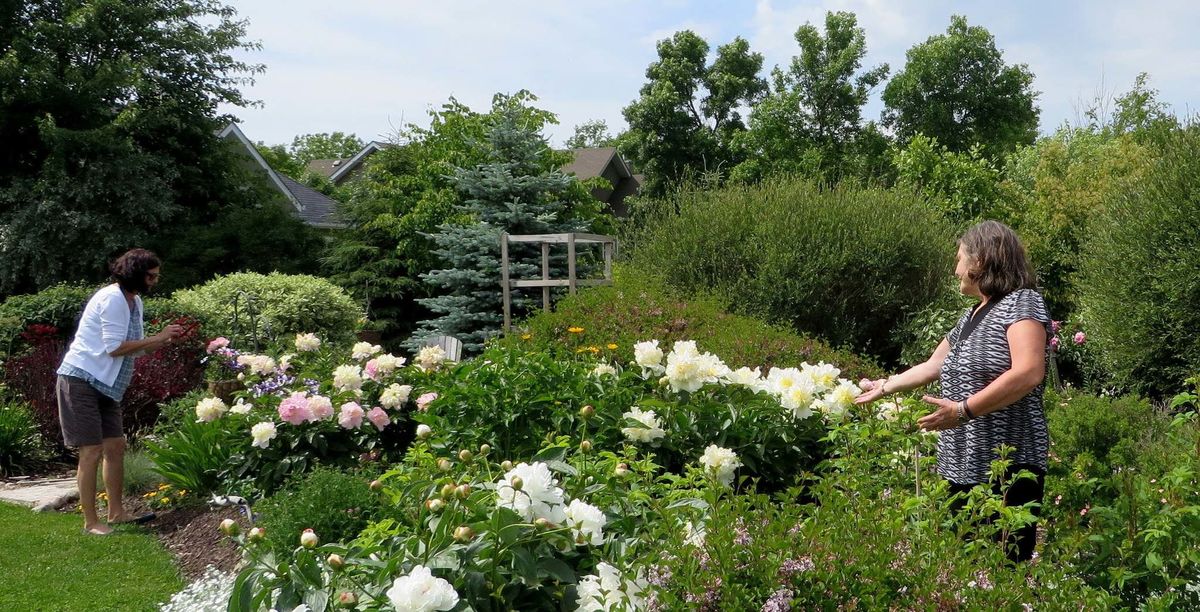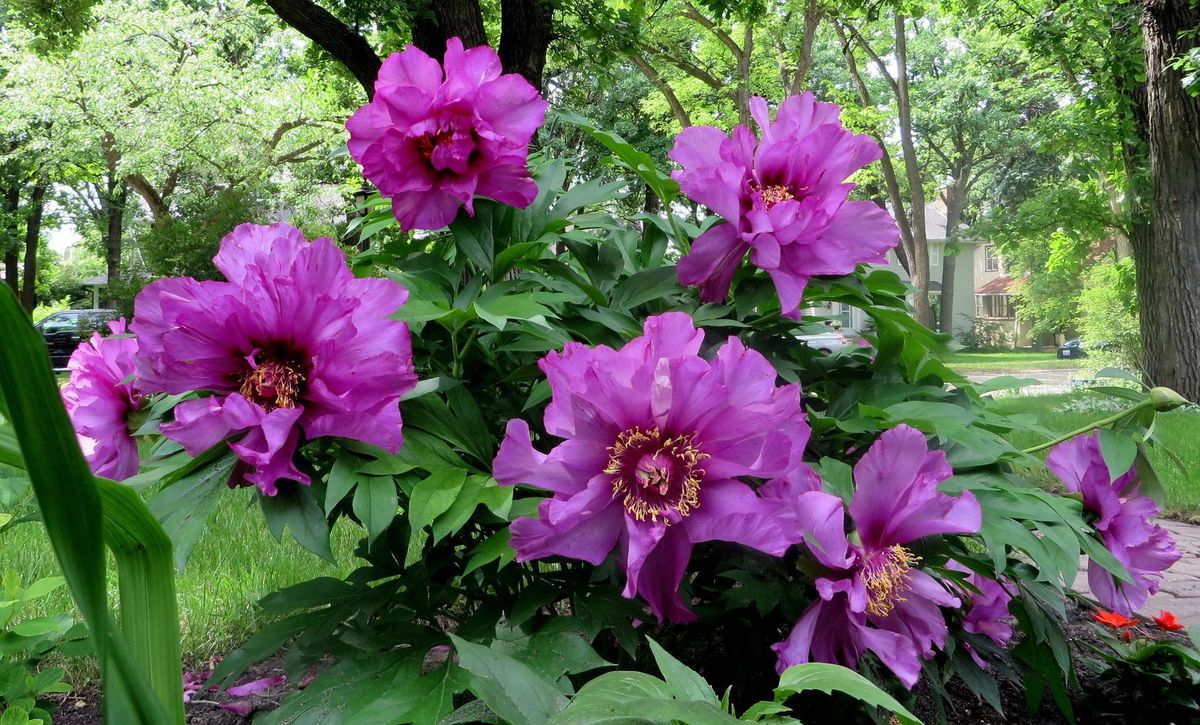
Pat Watts Stevens
Believe it, Itoh peonies are easy to grow. Shown: Morning Lilac.
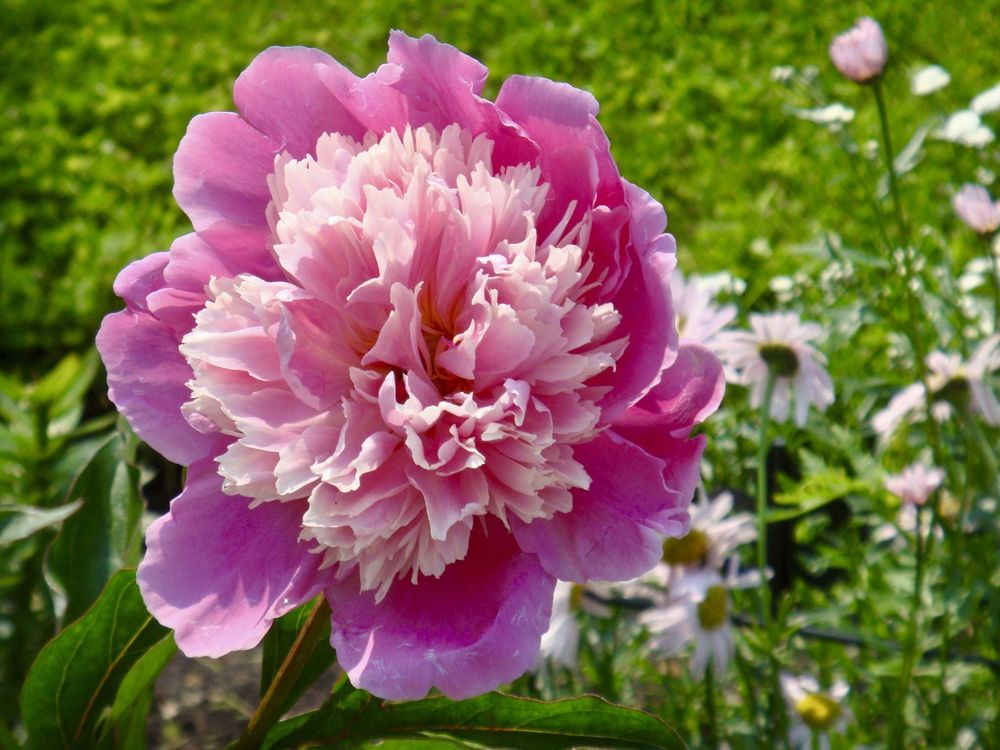
Sorbet peony has fragrant bomb-type pink and white flowers
Cheryl Geske
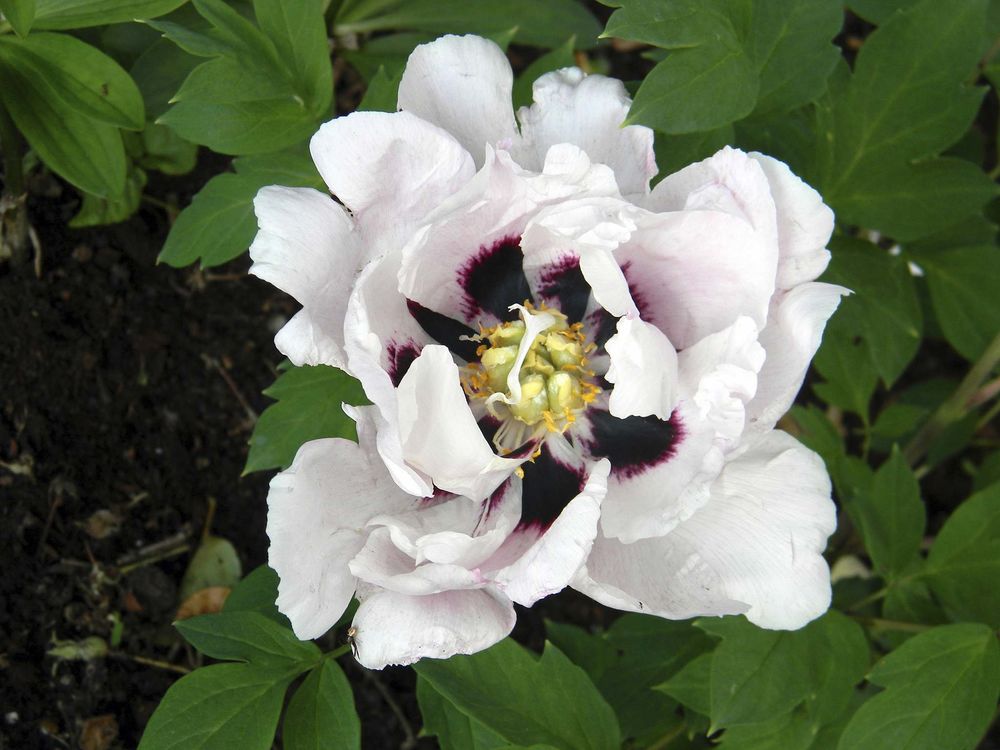
Boundless Bright Sky tree peony is an exclusive rarity in the zone 3 garden
Sandra Venton
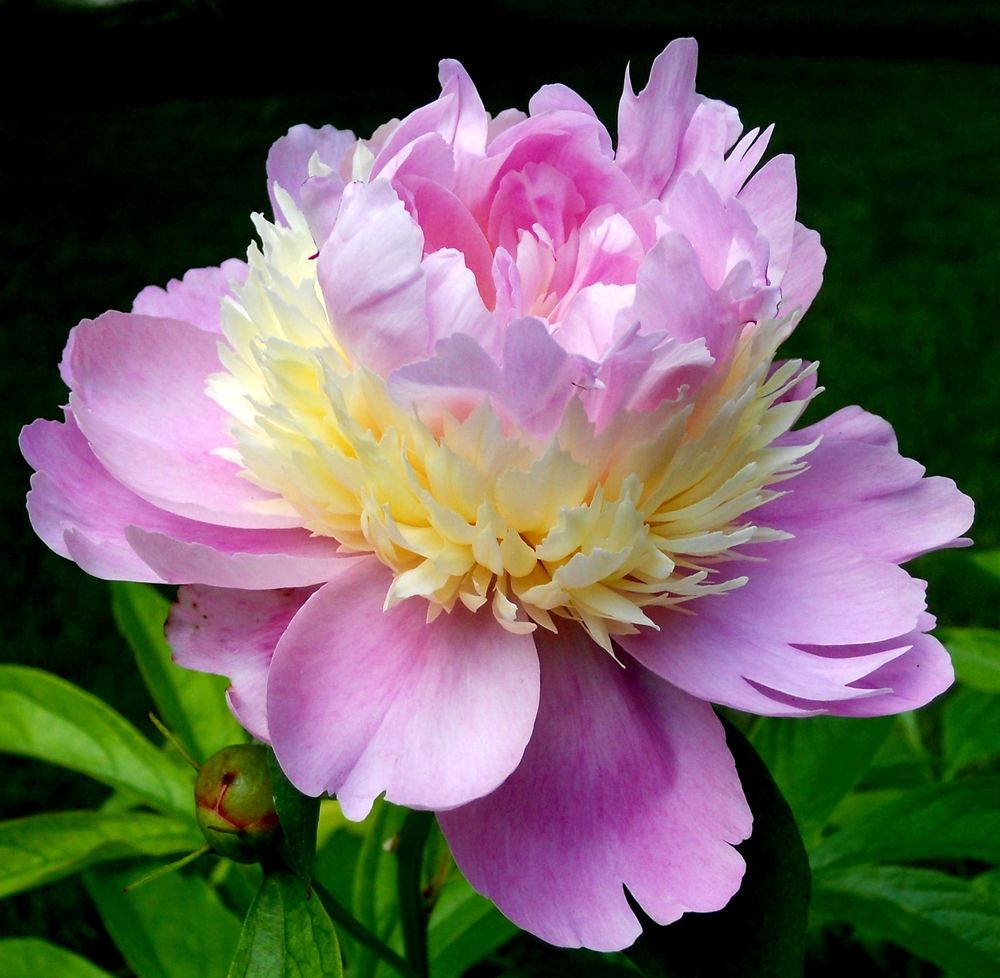
Creme de la creme: double-flowered Raspberry Sundae peony.
Pat Watts Stevens
Growing peonies is a passion. Just ask Pat Watts Stevens, Cheryl Geske, Sandra Venton and Naomi Wiebe. You could no more compare their shared interest in growing peonies to a hobby than you would tell Toronto Raptors fans that the zeal they have for their surging team is a pleasurable pastime.
You should never tell a peony enthusiast that it’s just a plant. It’s far more. A peony lover’s interest and allegiance extends beyond the enjoyment of a single plant and its pretty blooms. Between Stevens, Geske, Venton and Wiebe, they grow 138 peonies — including four different species — and they’re not done yet.
Stevens and Geske have been close friends since high school. The friendship between Venton and Wiebe goes back 30 years to the days when they worked together at the law firm of Pitblado. They visit each other’s gardens; trade photos; discuss the characteristics of individual varieties, including new ones they plan to buy; and share plant divisions with one another. In the case of Venton and Wiebe, they also like to experiment with harvesting and growing peony seeds.
Stevens has an average-size garden on a tree-lined street in Winnipeg and Geske has a spacious, lakeside garden in Gimli. Venton also has an average-size garden in Winnipeg, but Wiebe’s city garden is much smaller. How do they manage to grow so many peonies?
First, peonies don’t take up a lot of space. The fern leaf peony (Tenuifolia) is compact (38 centimetres) and blooms earliest — sometimes by the end of May or the first week in June. A relative of the Lactiflora or garden peony, the fern leaf peony is distinguished by fern-like foliage and fleeting crimson red single blooms.
The herbaceous or garden peony has a modest mature height and spread of 75 to 90 cm. The Itoh peony, an intersectional hybrid that is a cross between herbaceous peonies and tree peonies, is typically shorter at about 65 cm but is wider (75 to 90 cm). The bloom time for the Itoh coincides with or directly follows that of the herbaceous peony.
"I keep making room for peonies," Stevens says. "Honestly, I would like to have nothing but peonies, hydrangea, phlox and Echinacea. I think it would make just the most beautiful garden." Stevens, who maintains a database of all her plants, as well as a record of their bloom time and performance from year to year, says that white-flowered Festiva Maxima is the first of her garden peonies to bloom, usually by mid-June or earlier.
Geske grows Festiva Maxima in her Gimli garden as well. To support the huge, heavy blooms of Festiva Maxima, that has the same weak stems as the Sarah Bernhardt peony, Geske forgoes peony rings, which she says are too sharp and lightweight. Instead, she uses semicircular supports made of heavy-gauge steel. As the peonies move in the wind, the stems are supported by the grooves in the wavy edge, resulting in less breakage. The supports are available at Lee Valley Tools.
Stevens’ favourite peony is Raspberry Sundae, an impossibly pretty herbaceous peony with fragrant, bomb-shaped double blooms that are raspberry pink with a centre ring of smaller, golden-yellow petals.
Both Stevens and Geske grow Sorbet, a double-flowered anemone-shaped herbaceous peony with layers of frilly pink and creamy-white petals. Sorbet and Raspberry Sundae have a tendency to be somewhat weak at the knees and require staking.
Geske has an outstanding peony with white and cream blooms. The name tag has long since disappeared, but this fall she plans to slice through the crown and share a three- to five-eyed section with Stevens for her garden.
The Itoh peony has a shorter, more stout form with dark green serrated foliage. The sturdy stems require no staking. Stevens grows three Itoh varieties — golden yellow Bartzella, pure white Cora Louise and Morning Lilac with its rich lavender-pink semi-double blooms. After blooming, the handsome Itoh produces large, decorative seed pods.
Geske has just one Itoh variety and plans to grow more. Both Venton and Wiebe each grow more than 20 Itoh peony varieties and also exchange plant divisions.
What really stands out is that there can be no doubt that the Itoh peony can be grown as successfully in our cold climate as the old-fashioned garden peony.
Tree peonies are a different breed altogether. Highly sought after by collectors, the tree peony is a woody shrub. It has a graft which must be planted below the soil. It sends out its buds from a woody stalk and needs more winter protection than herbaceous peonies. The tree peony blooms in mid to late June around the same time as the Itoh and herbaceous peony and some cultivars bloom as late as early July. The tree peony’s exotic flowers are gigantic and although it is less commonly grown here, you will find dozens of tree peonies growing in the gardens of Venton and Wiebe.
"Tree peonies are a lot tougher than their reputation would have us believe," Wiebe says. She grows a variety called Koukamon, a Japanese tree peony with dark maroon blooms and a nearly black centre. "The blooms are unbelievably beautiful," Wiebe says. She has given Koukamon considerable care and expects that it will be the star of her garden this year when it blooms for her for the first time.
Wiebe says that the last time her Mikawayama tree peony bloomed was in June 2016. She is thrilled to see that it currently has four fat buds, which will produce beautiful blooms.
Venton grows Boundless Bright Sky tree peony, which has double creamy white blooms and mesmerizing dark maroon rockii flares at the base of the petals. Venton planted Boundless Bright Sky just two years ago. Currently, it is just 30 cm tall, but it will grow as it matures. Older tree peonies in her garden are as much as 60 cm in height.
Venton and Wiebe are members of the Canadian Peony Society (CPS). Members have access to the annual seed and root sales (an annual membership is $20). This is the third spring that Venton and Wiebe have ordered tree peony seeds from the CPS seed exchange. Venton pots up the seedlings; however, Wiebe starts the seeds at her house because her cats don’t chew the leaves on the seedlings, unlike Venton’s cats. Venton is excited to see that one of the seedlings already has a bud. "It will be like Christmas in summer!"
Peonies are cold-climate plants that need a prolonged period of cold temperatures in order for them to break dormancy and begin growing again each spring — no worries; in our part of the world, we’ve got that covered.
Start your peonies in good soil in an area that receives several hours of sunlight. Pamper your mature peonies with compost and fertilizer if you are inclined to do so, but even with some neglect these reliably low-maintenance and typically long-lived plants rarely disappoint. Where they draw the line is with soil that has poor drainage and is consistently soggy. Incredibly, peonies are one of the few plants in the garden that deer and rabbits are able to resist.
colleenizacharias@gmail.com

